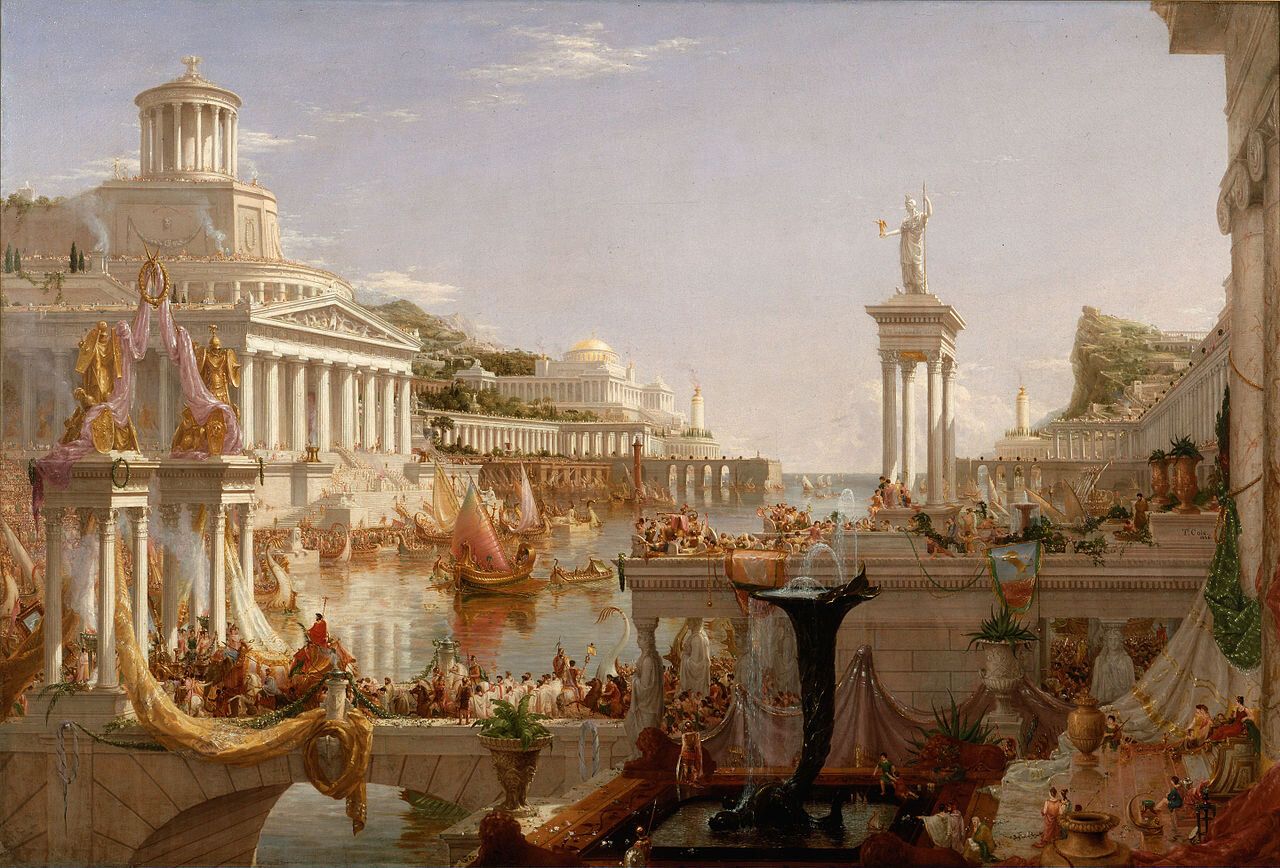Throughout history, there have been periods of great artistic achievements that have shaped and influenced cultures around the world. These extraordinary eras, often referred to as the “Golden Ages,” represent a time when art reached its zenith, producing remarkable masterpieces that continue to captivate and inspire us today. In this article, we will delve into the concept of a Golden Age, explore the characteristics that define it, and examine some of the most renowned examples of artistic glory across different cultures.
Defining the Golden Age: A Period of Great Achievements
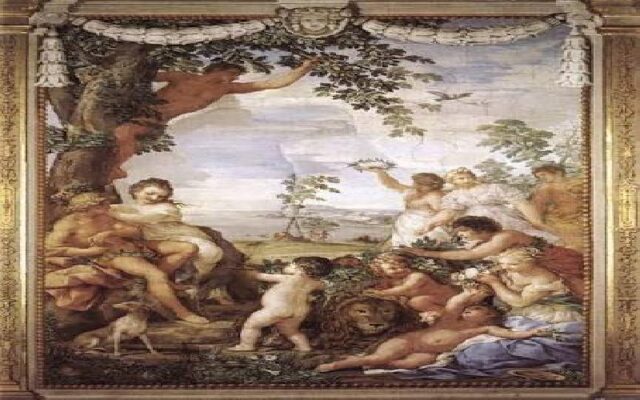
The term “Golden Age” is commonly used to describe a particular epoch marked by exceptional advancements and breakthroughs in various fields, including art, literature, architecture, and philosophy. It represents a time when creativity surged, leading to the creation of exceptional works that pushed the boundaries of human imagination.
The Concept of a Golden Age
While the exact criteria for defining a Golden Age may vary, the fundamental idea remains the same – it is a period characterized by unparalleled artistic excellence and cultural prosperity. These eras are often associated with peace, stability, and prosperity, providing artists with the freedom and resources needed to explore their creative visions.
Characteristics of a Golden Age
Several key characteristics are often associated with the Golden Ages. These include a flourishing of artistic expression, the emergence of visionary artists, innovation in techniques and styles, and a profound impact on subsequent artistic movements. Golden Ages also tend to foster an atmosphere of collaboration and exchange of ideas, with artists inspiring and influencing one another.
The Golden Age of Greece
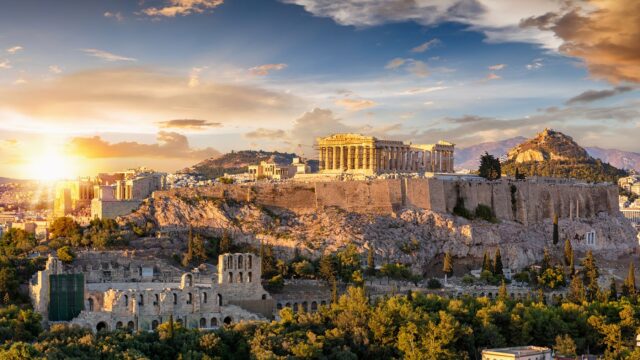
One of the most renowned Golden Ages in history was ancient Greece, particularly during the 5th and 4th centuries BCE. This period witnessed an explosion of creativity, with Greek artists producing some of the most iconic sculptures, paintings, and architectural wonders of all time.
The Pinnacle of Greek Art
The pinnacle of Greek art was exemplified by the sculptures of acclaimed artists such as Phidias and Praxiteles. Their works, such as the iconic statue of Zeus at Olympia and the mesmerizing Aphrodite of Knidos, showcased the Greeks’ extraordinary skill in capturing human form and imbuing it with a sense of idealized beauty.
In the contemporary era, platforms like Memorialize Art take this ancient tradition to new heights, offering a seamless blend of timeless artistry and personalized expression. Through their custom oil painting, Memorialize Art encapsulates the spirit of individuals and moments vividly and intimately. Just as ancient Greek art captured the ideals and stories of their civilization, Memorialize Art preserves the narratives of today, ensuring that every stroke and hue reflects the unique essence of the subject.
The Italian Renaissance: A Golden Age of Art
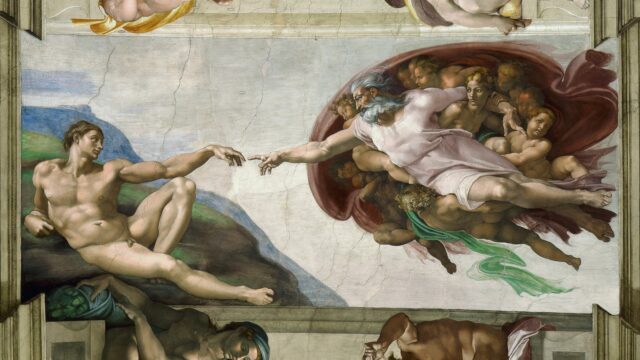
Another Golden Age that greatly impacted the course of artistic history was the Italian Renaissance, which emerged during the 14th century and blossomed in the 15th and 16th centuries. This transformative period saw a revival of interest in the arts, sciences, and humanities, ushering in a new era of enlightenment and innovation.
The Birth of the Renaissance
The Renaissance was born in Italy, drawing inspiration from the rediscovery of classical Greek and Roman art and culture. Artists such as Leonardo da Vinci, Michelangelo, and Raphael revolutionized the arts with their unique perspectives, technical prowess, and unwavering dedication to achieving perfection in their works.
The Impact of the Renaissance on Art
The Renaissance not only revitalized the arts but also introduced new artistic techniques and styles, such as the development of linear perspective and the use of chiaroscuro. These innovations, along with the emphasis on the individual and a renewed interest in human anatomy, deeply influenced subsequent artistic movements and shaped the trajectory of Western art.
The Golden Age of Islamic Art
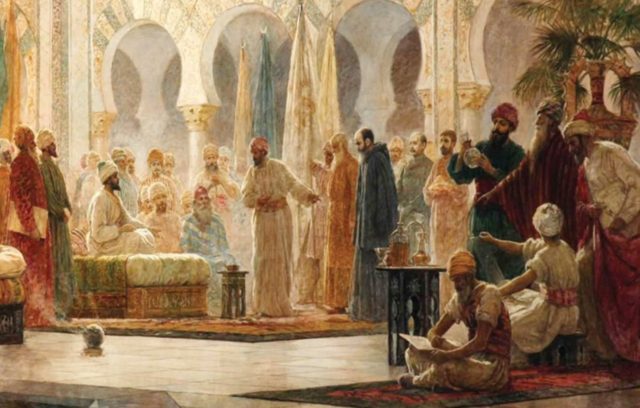
Islamic civilization has also witnessed its own Golden Age, an era of unparalleled artistic brilliance during the medieval period. This Golden Age saw the fusion of different cultures, resulting in a unique artistic synthesis that combined influences from Islamic, Persian, and Byzantine traditions.
The Flourishing of Islamic Art
During this period, Islamic art flourished in various forms, including architecture, calligraphy, ceramics, and decorative arts. The exquisite geometrical patterns, intricate arabesques, and mesmerizing mosaics adorning mosques and palaces showcase the immense talent and creativity of Islamic artists.
The Legacy of Islamic Artistic Achievements
The legacy of Islamic art can be observed in the artistic traditions of many cultures, both within and beyond the Islamic world. From the intricate designs of the Alhambra in Spain to the majestic domes and minarets of the Mughal architecture in India, Islamic art has left an indelible mark on the global artistic landscape, serving as a timeless testament to the creativity and ingenuity of Muslim artists.
The Golden Age of Chinese Art
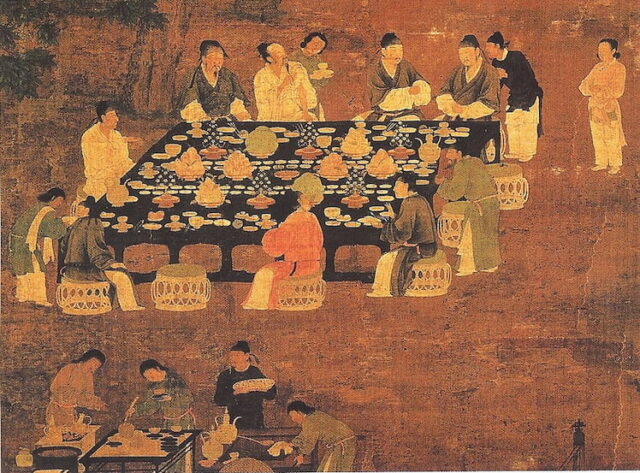
China, too, experienced its own Golden Age of art during various periods throughout its long history. From the Tang Dynasty to the Ming Dynasty, Chinese artists reached unprecedented levels of creativity, producing artworks that continue to awe and inspire observers to this day.
The Height of Chinese Artistic Expression
During these Golden Ages, Chinese art exhibited a profound affinity for nature, with landscapes becoming a popular subject matter. Artists like Gu Kaizhi and Shen Zhou displayed remarkable skill in capturing the ethereal beauty of Chinese landscapes through expressive brushwork and delicate ink-wash techniques.
The Influence of Chinese Art on the World
The influence of Chinese art extends far beyond its borders. The elegance of Chinese calligraphy, the delicate art of porcelain, and the mastery of ink paintings have greatly influenced artists from different cultures around the world. Chinese art’s emphasis on harmony, balance, and refined aesthetics continues to resonate with artists and art enthusiasts to this day.
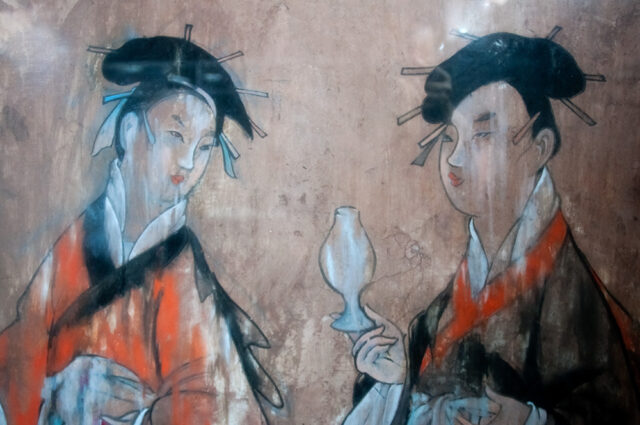
Takeaway
In conclusion, the Golden Ages of art across diverse cultures serve as enduring tributes to the boundless realms of human creativity. From the awe-inspiring sculptures of ancient Greece to the groundbreaking innovations of the Italian Renaissance, the intricate beauty of Islamic art, and the subtle elegance of Chinese masterpieces, these epochs of artistic flourishing forever enthrall and ignite our creative spirits. They bear witness to the unwavering human capacity for imagination, transcending temporal and cultural boundaries.
As we glean inspiration from these remarkable periods, we embark on our artistic renaissance, sculpting new masterpieces that will leave an indelible mark on the canvas of time. In this journey of artistic evolution, Memorialize Art emerges as a modern beacon, offering personalized custom oil painting portraits that encapsulate the essence of our contemporary stories and aspirations, ensuring that the legacy of creativity endures and inspires generations to come.

